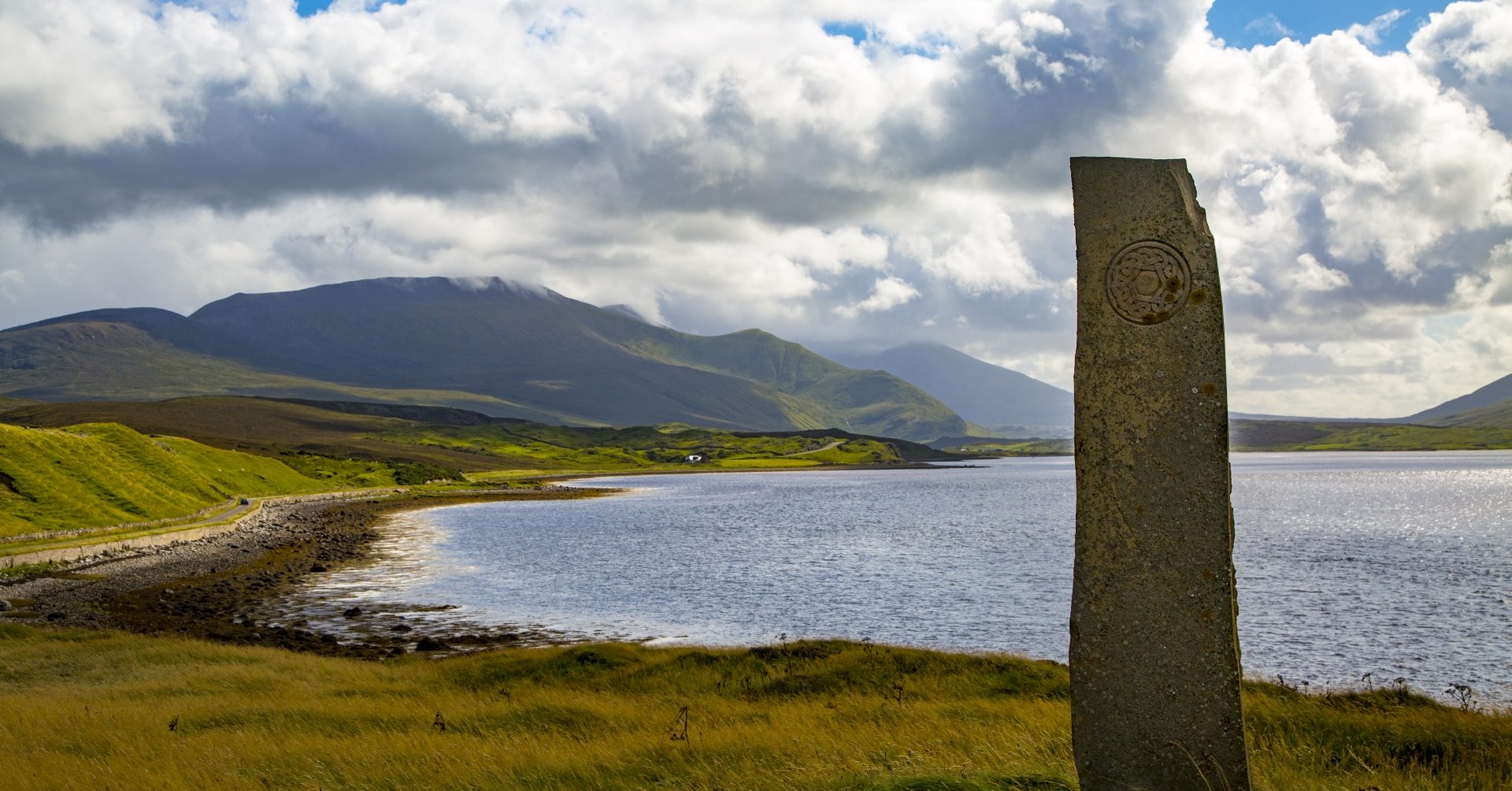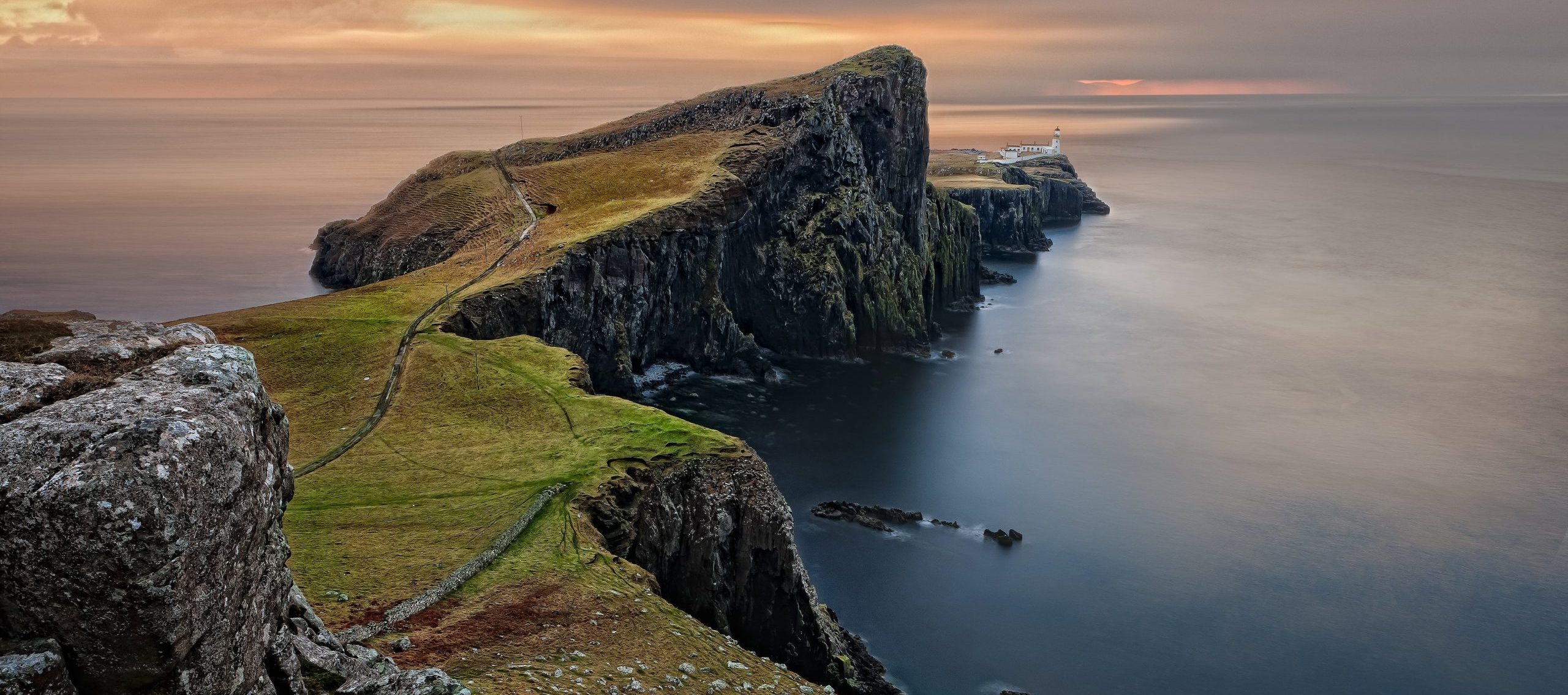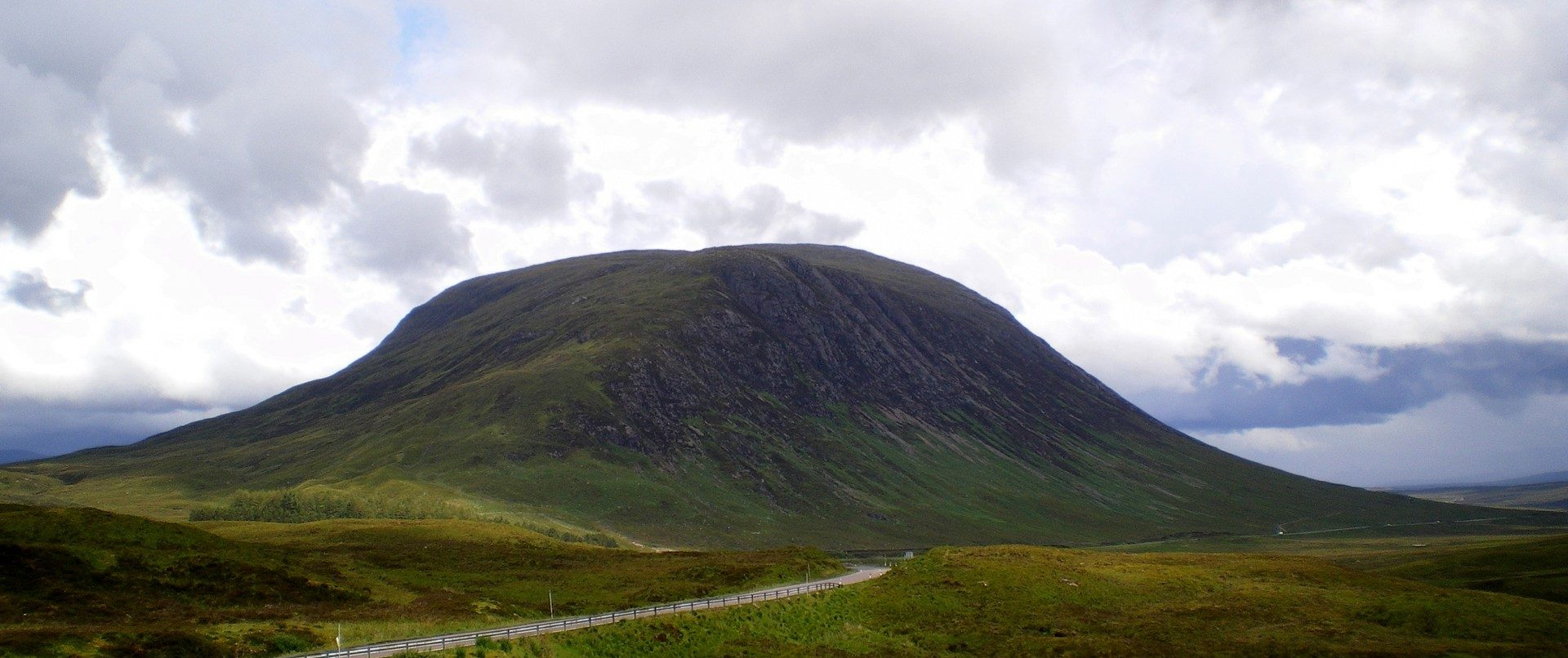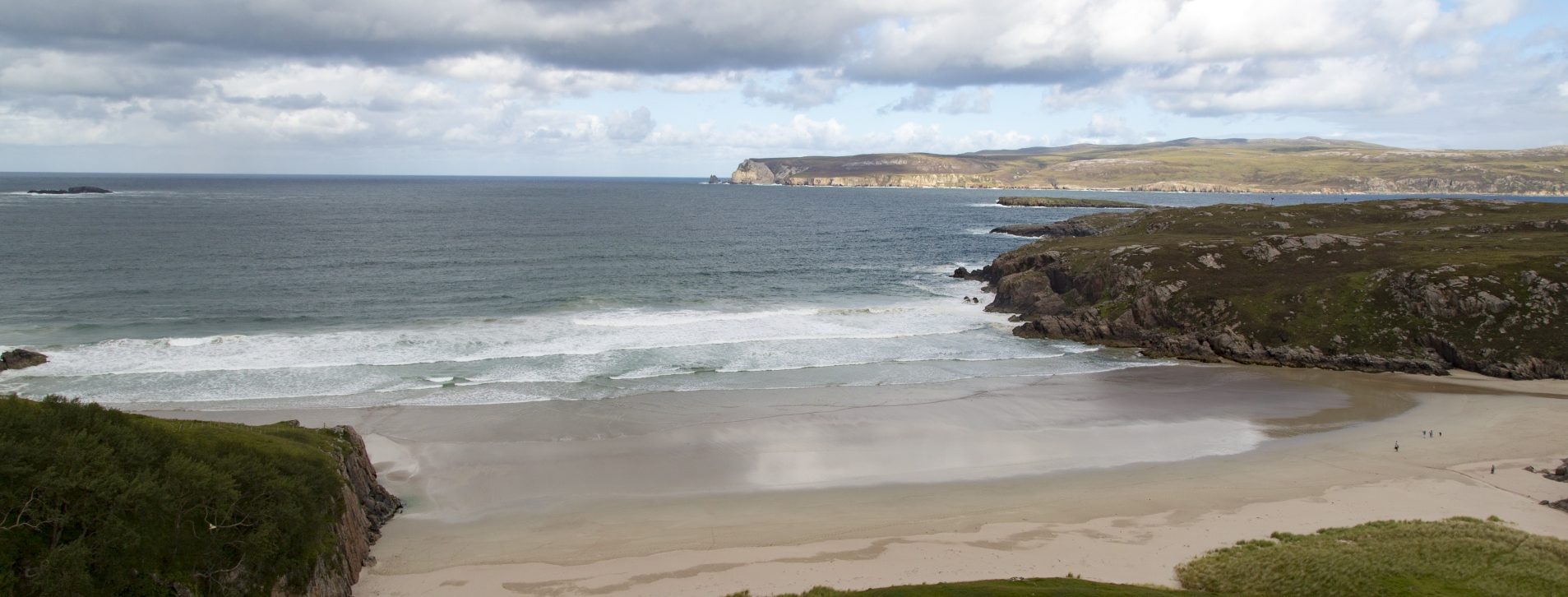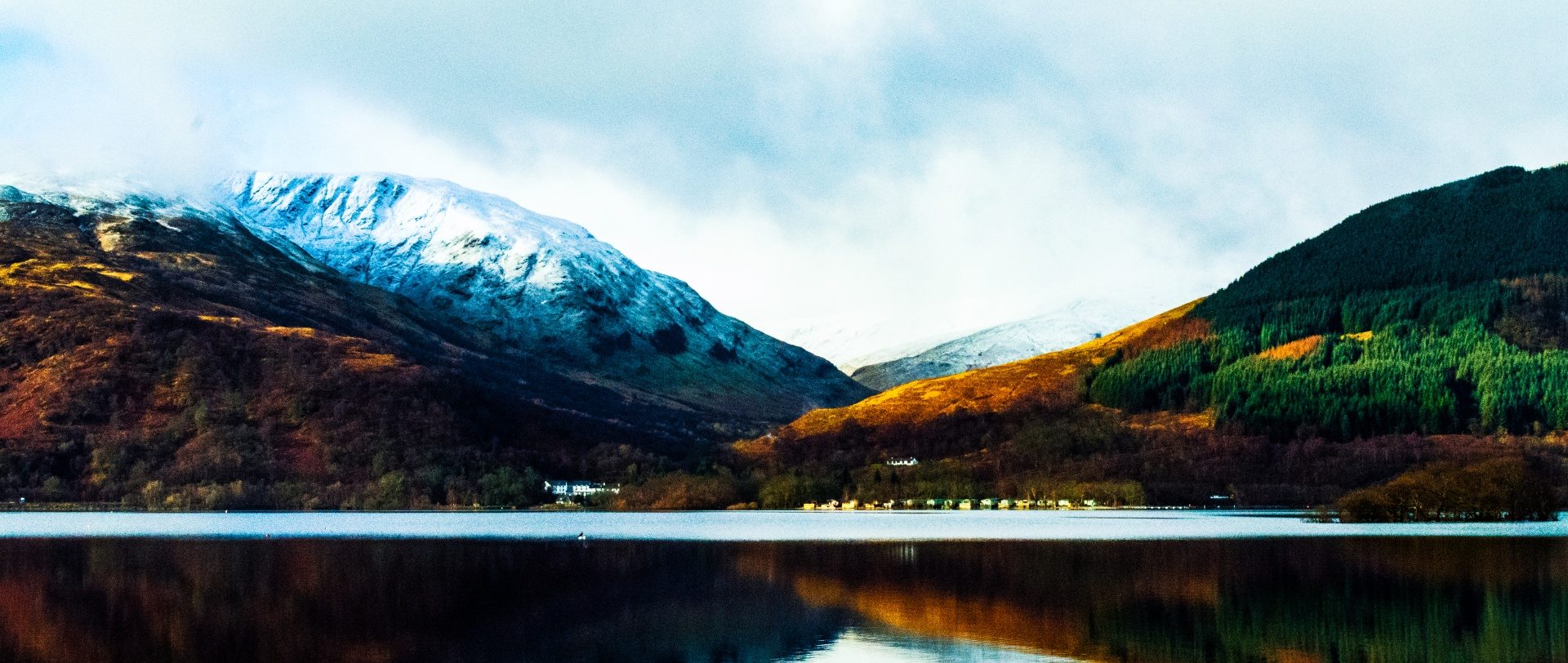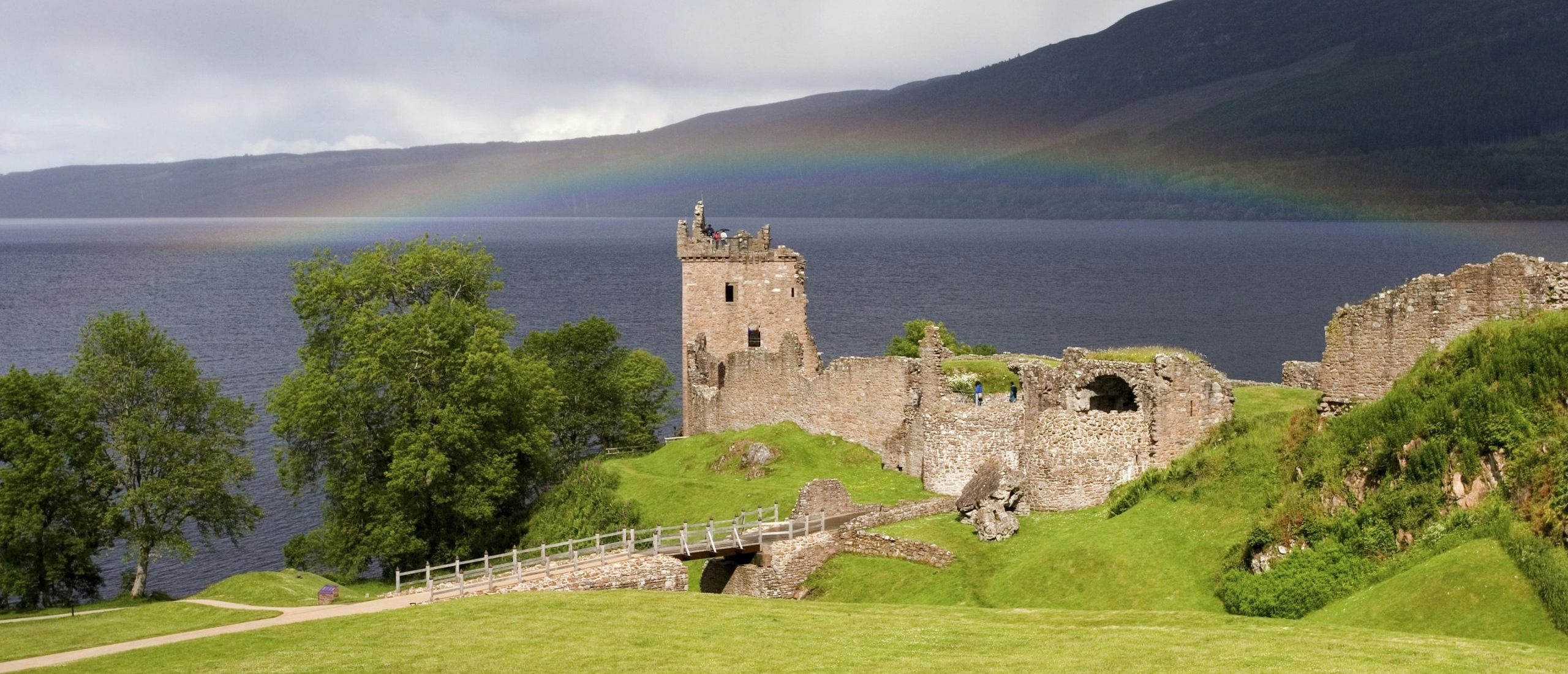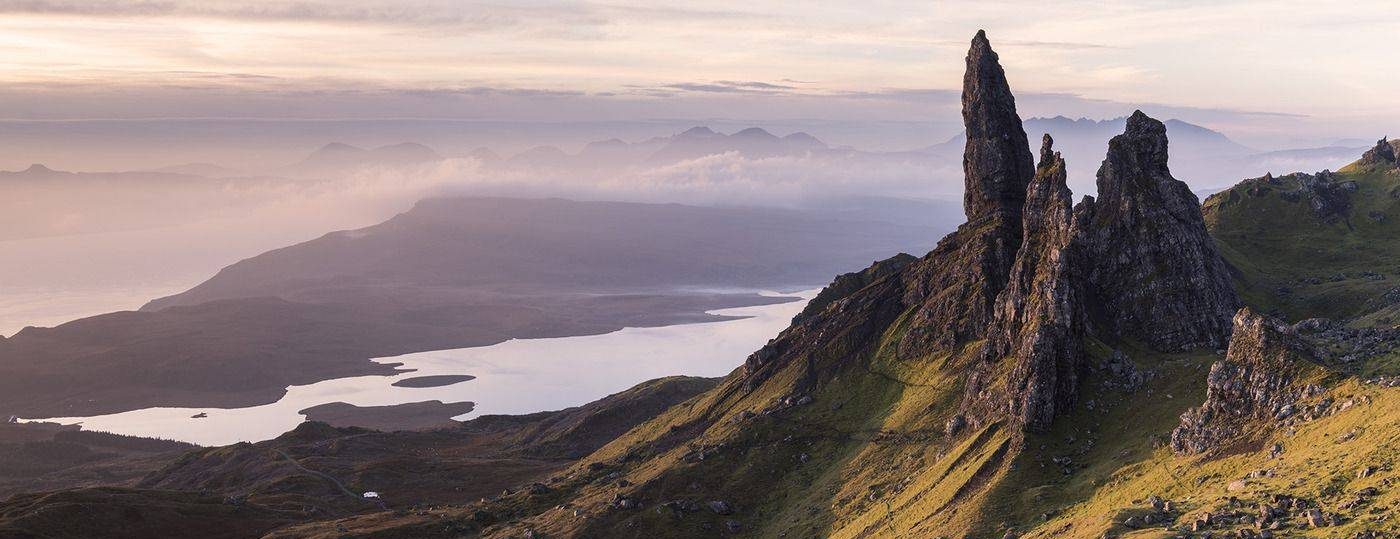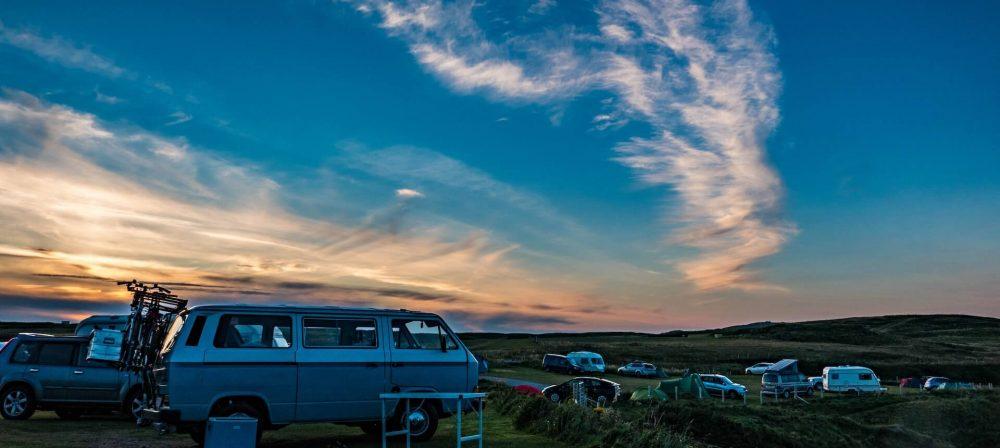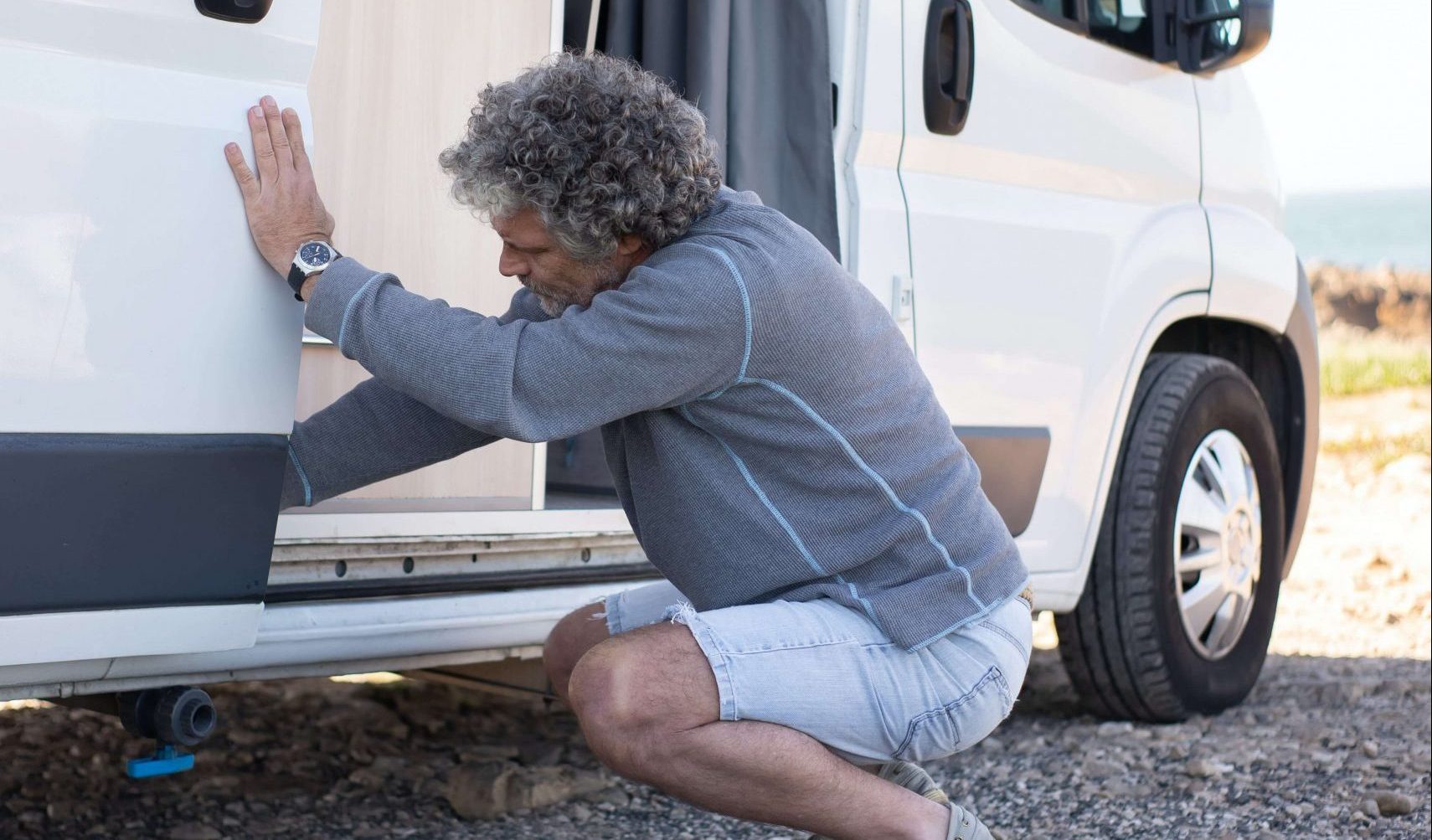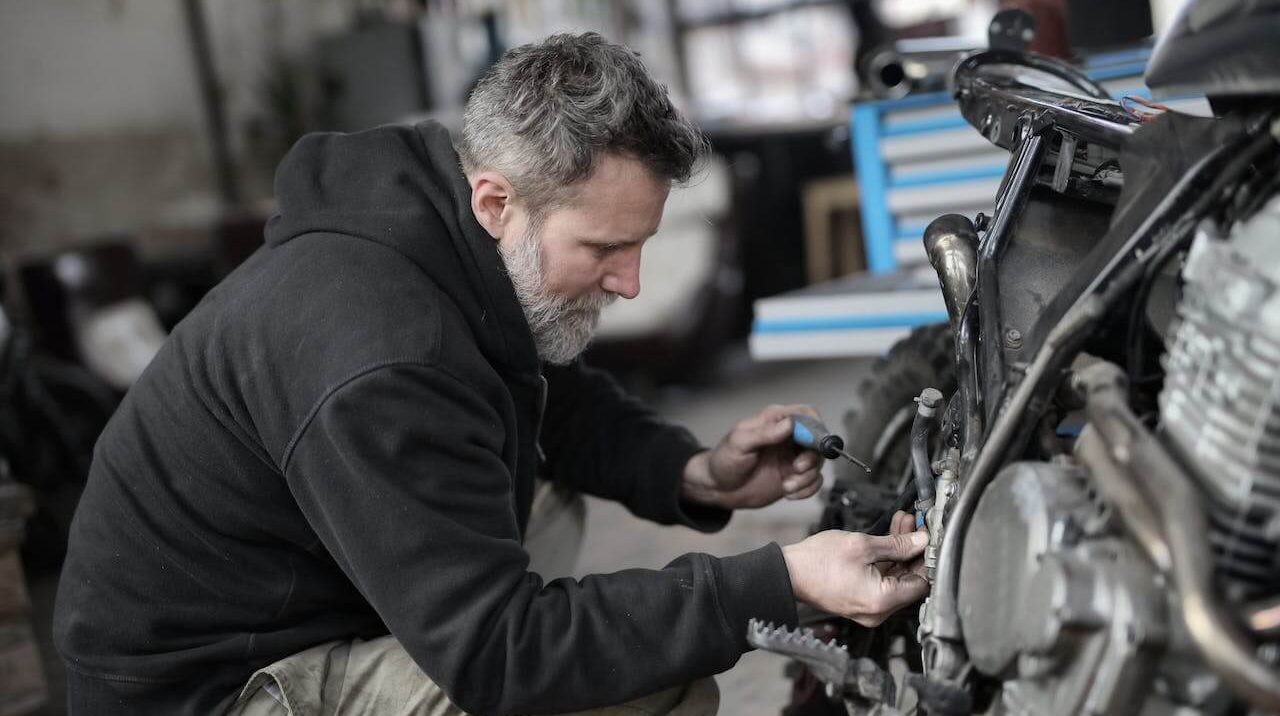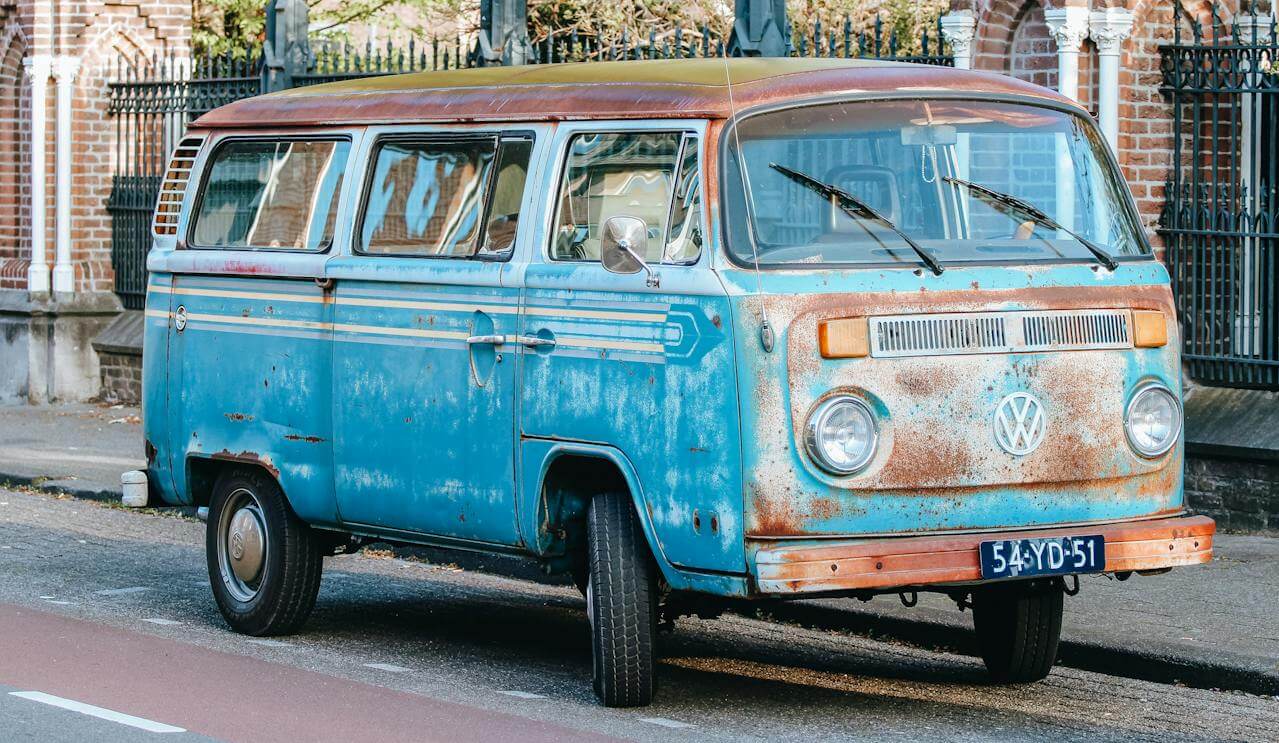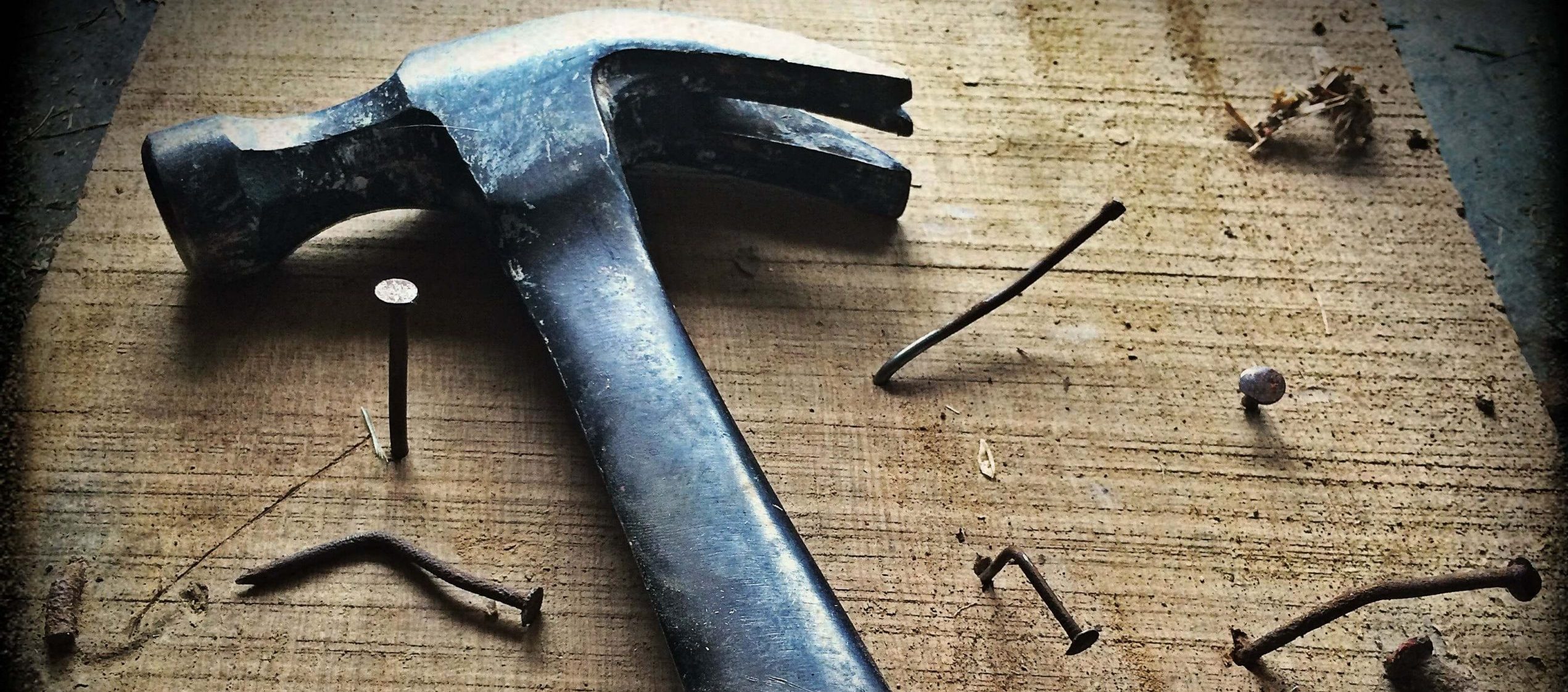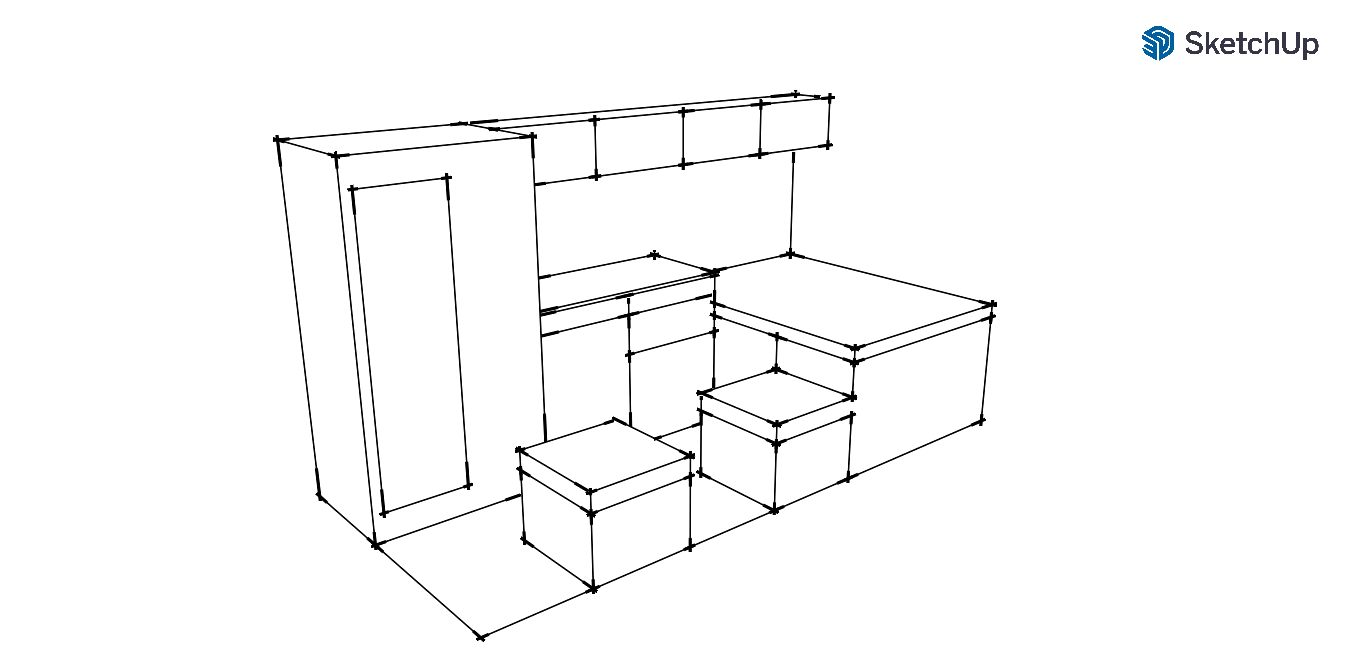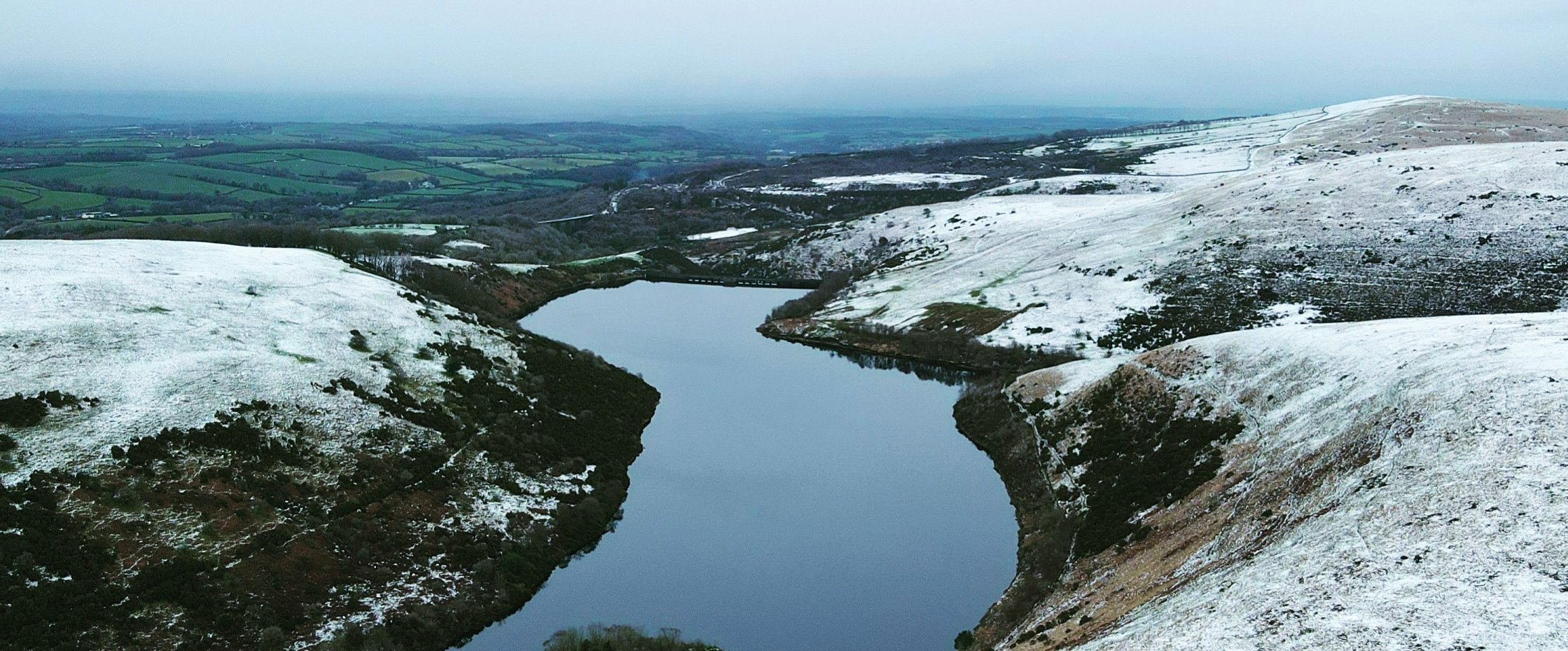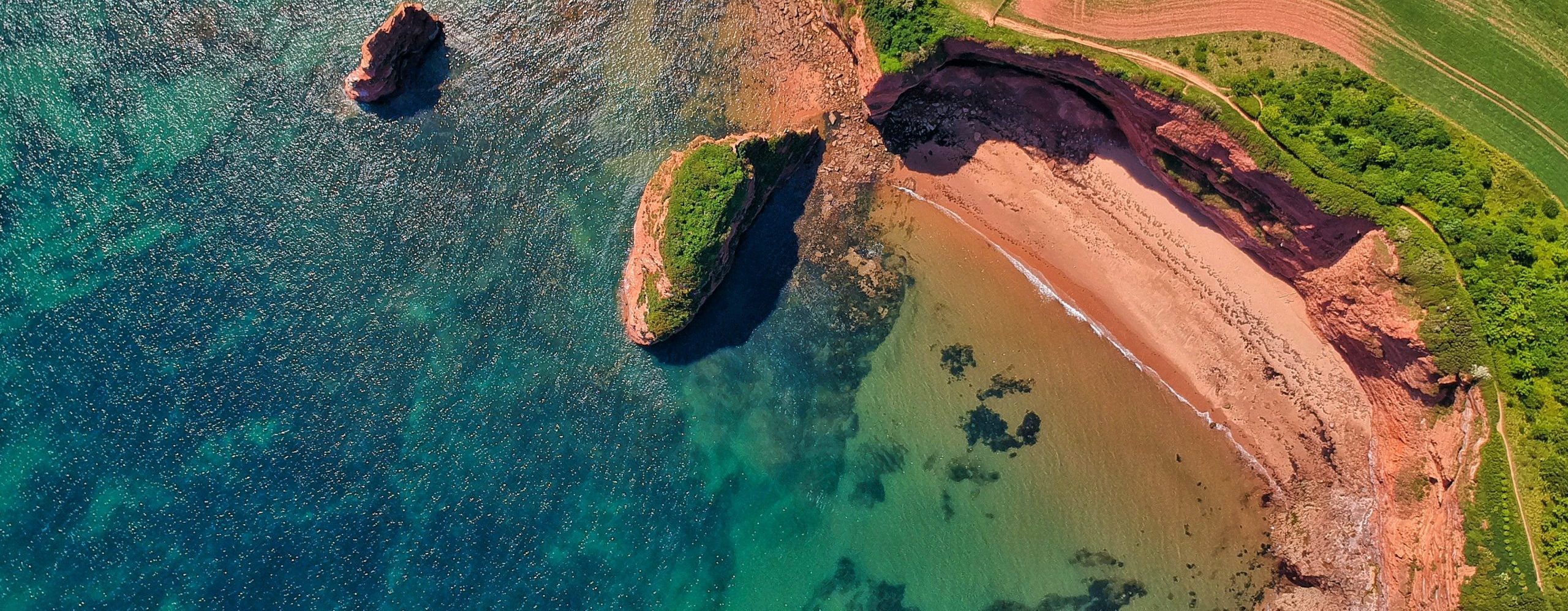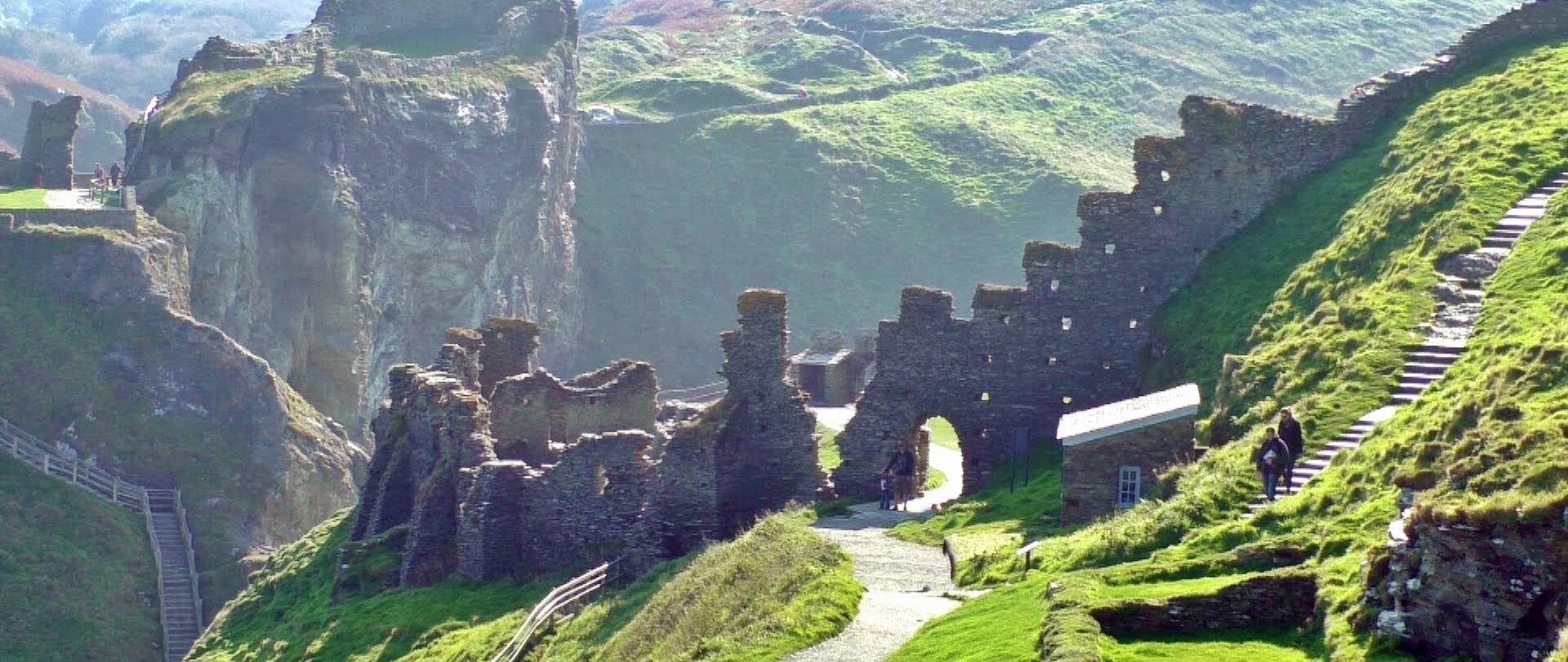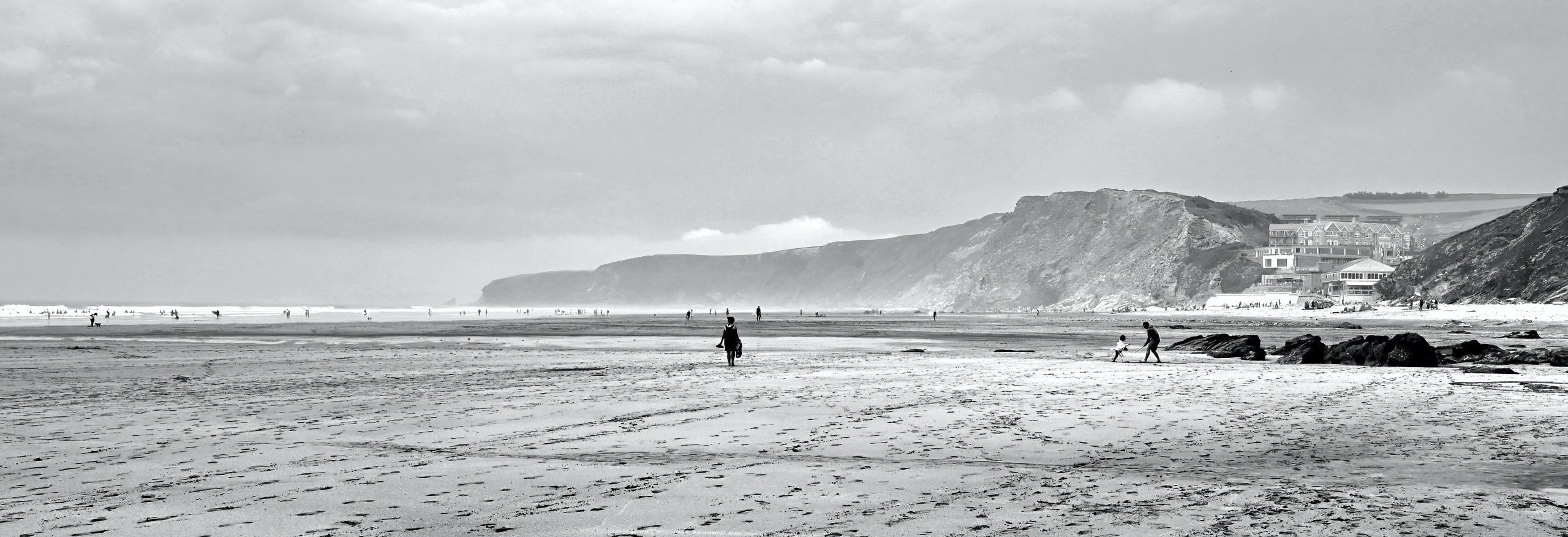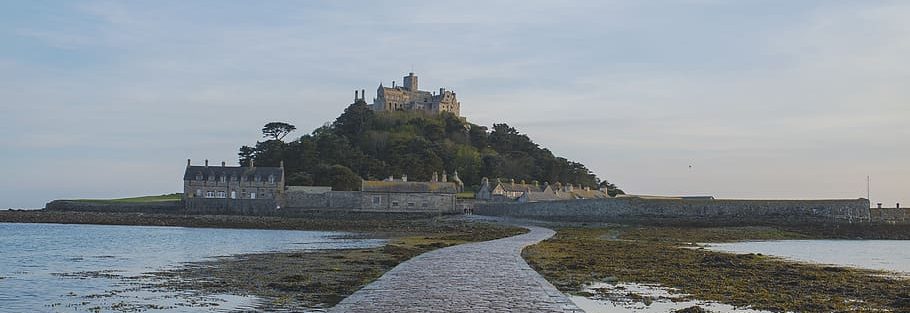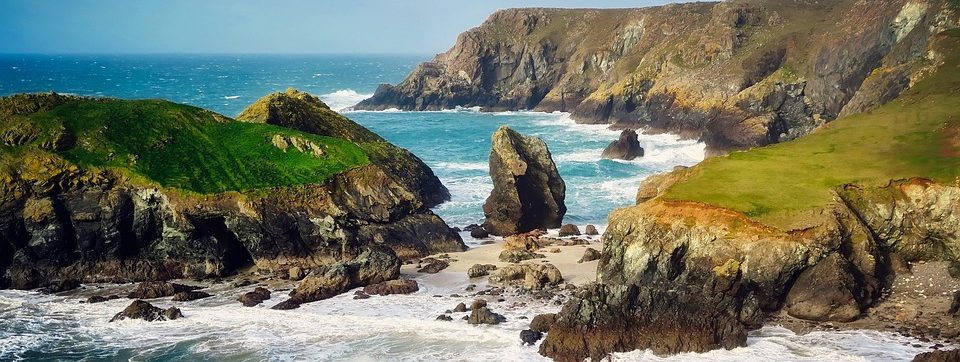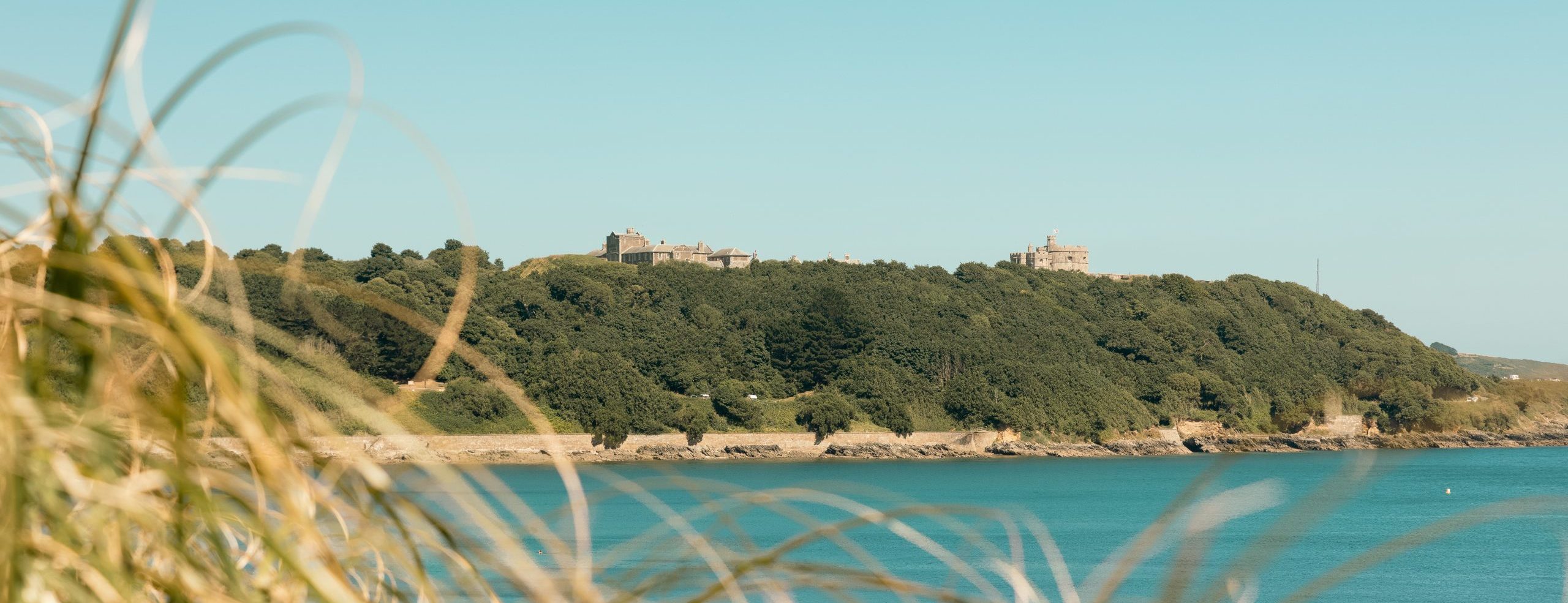Travelling in a campervan is undoubtedly an adventure of a lifetime. The freedom to roam wherever the road leads, waking up to breathtaking views, and embracing a minimalist lifestyle are just a few perks.
However, behind the allure of van life lies the reality of managing maintenance costs and daily living expenses. In this blog, we’ll dive into both aspects: campervan maintenance costs and the costs of running a van – to help you prepare for the journey ahead.
Campervan maintenance costs: keeping your home on wheels rolling
Owning a campervan comes with its fair share of maintenance responsibilities. Here are some key areas to consider:
Mechanical maintenance

Like any vehicle, regular servicing of the engine, brakes, suspension, and other mechanical components is essential to ensure safe and reliable travel. The cost of a campervan MOT in the UK can vary depending on several factors, including the type of vehicle, its age, and the location of the MOT test centre. The average cost for a campervan MOT in the UK is around £45 to £55, which doesn’t factor in any potential repairs.
It’s also important to consider servicing, and there are several types of servicing options and costs to consider:
1. Interim service: An interim service typically includes essential checks and maintenance tasks such as oil and filter changes, fluid top-ups, visual inspections of components, and basic safety checks. The cost for an interim service for a campervan in the UK can range from £100 to £200, depending on the vehicle’s size and requirements.
2. Full service: A full service is a more comprehensive inspection that includes all the checks and tasks covered in an interim service, plus additional checks such as brake system inspection, steering and suspension checks, and more detailed component inspections. The cost for a full service for a campervan in the UK can range from £200 to £400 or more, depending on factors such as the vehicle’s size, age, and any additional services included.
3. Major service: A major service is typically recommended at longer intervals and includes all the checks and tasks covered in a full service, along with additional inspections and maintenance tasks such as replacing spark plugs, checking and adjusting timing belts, and more extensive component inspections. The cost for a major service for a campervan in the UK can range from £300 to £600 or more, depending on the vehicle’s requirements and any additional services included.
Habitation maintenance

Campervans are not just vehicles; they’re also your home on wheels. Habitation maintenance includes servicing appliances, checking the plumbing system, inspecting the electrical wiring, and ensuring the structural integrity of the living space. Allocate funds for repairs or replacements of appliances, as well as inspections to catch potential issues early.
1. Appliance servicing: Campervans often have refrigerators, stoves, heaters, and water heaters. Servicing these appliances typically involves cleaning, inspecting, and testing them to ensure they function correctly. The cost of appliance servicing can vary depending on the type and number of appliances and any repairs or replacements needed. On average, expect to pay between £50 to £150 per appliance for servicing, excluding additional parts or repairs.
2. Plumbing system maintenance: Campervans with onboard water systems require regular maintenance to ensure proper functioning and prevent leaks or damage. This may include flushing and sanitising the water tanks, checking for leaks or blockages in the plumbing lines, and inspecting and servicing the water pump. The cost of plumbing system maintenance can vary depending on the complexity of the system and any repairs or replacements needed. Budget between £50 to £200 for plumbing system maintenance, excluding additional parts or repairs.
3. Electrical system inspections: Campervans often have complex electrical systems powering various onboard devices, including lighting, entertainment systems and charging outlets. Regular inspections are essential to identify any potential issues and ensure safe operation. The cost of electrical system inspections can vary depending on the complexity of the system and any repairs or upgrades needed. Expect to pay between £50 to £150 for electrical system inspections, excluding additional repairs or upgrades.
4. Structural maintenance: Habitation maintenance also includes ensuring the structural integrity of the living quarters, including checking for leaks, inspecting seals and seams, and repairing any damage to the walls, roof, or flooring. The cost of structural maintenance can vary depending on the extent of the damage and the materials used for repairs. Budget between £100 to £500 or more for structural maintenance, depending on the scope of work required.
5. Gas system checks: If your campervan is equipped with a gas system for cooking or heating, regular checks and servicing of the gas appliances, regulators, and connections are essential to prevent leaks or malfunctions. The cost of gas system checks can vary depending on the complexity of the system and any repairs or replacements needed. Expect to pay between £50 to £150 for gas system checks, excluding any additional parts or repairs.
Bodywork and exterior maintenance
Over time, your campervan’s exterior may suffer wear and tear from exposure to the elements. Budget for occasional repairs such as rust treatment, dent removal, and painting to keep your van looking its best and protect it from further damage.
1. Rust treatment and repair: Rust is a common issue, especially in older campervans or those exposed to harsh weather conditions. Treating and repairing rust involves sanding or grinding away the rusted areas, applying a rust converter or inhibitor, and repainting the affected areas. The cost can vary depending on the extent of the rust damage and whether you do the work yourself or hire a professional. DIY rust treatment kits can start from around £20, while professional rust repair services can cost several hundred pounds or more, depending on the severity of the rust damage.
2. Dent removal: Dents and dings are inevitable, whether from parking lot mishaps or road debris. Removing dents typically involves paintless dent repair (PDR), which uses specialised tools to massage the metal back into shape without affecting the paint finish. The cost of dent removal can vary depending on the size and location of the dent and whether you hire a professional or attempt a DIY repair. Professional PDR services can range from £50 to £150 per dent, while DIY dent repair kits can start from around £15.
3. Paint touch-up and respray: Over time, campervan paint can fade, chip, or peel due to exposure to sunlight, weather, and road debris. Touching up paint chips or scratches and respraying faded or damaged areas can help maintain the appearance of your campervan. The cost of paint touch-up and respray depends on factors such as the area size, the type of paint used, and whether you hire a professional or do the work yourself. Professional paint touch-up services can start from around £100 for small areas, while a full respray can cost several hundred to several thousand pounds, depending on the size and complexity of the job.
4. Sealant and weatherproofing: Properly sealing and weatherproofing your campervan is essential to prevent water leaks, moisture damage, and corrosion. This may involve resealing windows, doors, roof vents, and other exterior fittings with specialised sealants and adhesives. The cost of sealant and weatherproofing materials depends on the type and quantity needed, with prices ranging from a few pounds for a tube of sealant to £50 or more for a complete sealant kit.
5. Panel replacement or repair: In some cases, extensive body damage may require replacing or repairing entire panels or sections of the campervan’s body. The cost of panel replacement or repair depends on factors such as the panel size and material, the complexity of the repair, and whether you hire a professional or do the work yourself. Professional panel replacement or repair services can range from a few hundred to several thousand pounds, depending on the extent of the damage and the type of panels involved.
Electrical system maintenance

Campervans often have complex electrical systems powering various onboard devices. Regularly inspect the wiring, fuses, and connections to prevent electrical failures. Factor in the cost of replacing worn-out components or upgrading your electrical system for increased efficiency and safety.
1. Battery maintenance: Campervans typically have one or more batteries to power onboard electrical systems, such as lights, appliances, and accessories. Maintenance tasks for batteries include regular inspections, cleaning terminals, checking fluid levels (for lead-acid batteries), and testing battery health. Battery maintenance cost is relatively low and mainly involves time and basic cleaning supplies.
2. Electrical system inspection: Regular inspections of the campervan’s electrical system are essential to identify potential issues, such as loose connections, corroded wires, or faulty components. DIY electrical system inspections require basic tools and knowledge of electrical systems while hiring a professional electrician can provide a more thorough inspection but at a higher cost. The cost of electrical system inspections can range from £50 to £150 or more, depending on the complexity of the system and the extent of the inspection.
3. Component testing and replacement: Campervan electrical systems consist of various components, such as fuses, switches, relays, wiring harnesses, and electronic devices. Testing these components regularly can help identify faulty or worn-out parts that need replacement. The cost of component testing and replacement varies depending on the specific components involved, with prices ranging from a few pounds for basic components like fuses to £50 or more for complex electronic devices.
4. Wiring repairs and upgrades: Over time, wiring in a campervan may suffer from wear and tear, corrosion, or damage from rodents or pests. Repairing or upgrading wiring involves identifying and fixing damaged wires, replacing connectors, and upgrading to higher-quality wiring for improved performance and safety. The cost of wiring repairs and upgrades depends on the extent of the work required and whether you do the work yourself or hire a professional electrician. DIY wiring repairs can cost as little as £20 for materials, while professional wiring repairs and upgrades can range from £100 to £500 or more, depending on the complexity of the job.
5. Solar panel maintenance: Campervans equipped with solar panels for off-grid power generation require regular maintenance to ensure optimal performance. This includes cleaning the solar panels to remove dirt, dust, and debris that can reduce efficiency, and checking connections and securing mounts. The cost of solar panel maintenance is relatively low and mainly involves time and basic cleaning supplies.
Fuel

Fuel expenses are a significant part of the running costs for any vehicle, including campervans. The amount you spend on fuel depends on factors such as the vehicle’s fuel efficiency, the distance travelled, and current fuel prices. Campervans typically have larger engines and may be less fuel-efficient than smaller vehicles; so fuel costs can be relatively high, especially during long-distance trips.
Insurance
Campervan insurance covers the vehicle and its contents, protecting against accidents, theft, damage, and liability. Insurance costs vary depending on factors like the vehicle’s value, age, usage, and the level of coverage selected.
1. Third-party-only insurance: provides coverage for damage or injury caused to third parties but does not cover damage to your campervan. Prices for third-party-only insurance can start from around £100 to £300 per year, depending on factors such as the vehicle’s value and the driver’s age and driving history.
2. Third-party, fire, and theft insurance: in addition to covering damage or injury to third parties, this type of insurance also covers your campervan if it’s stolen or damaged by fire. Prices for third-party, fire, and theft insurance typically start from around £200 to £500 per year, depending on various factors.
3. Comprehensive insurance: This provides the highest level of coverage, including protection against third-party damage, fire, theft, and damage to your campervan. Prices for comprehensive insurance can range from £300 to £1,000 or more per year, depending on factors such as the vehicle’s value, age, and usage, as well as the driver’s age and driving history.
Road Tax (Vehicle Excise Duty)
In the UK, road tax, also known as Vehicle Excise Duty (VED), is a tax levied on vehicles to use public roads. Campervans are classified as goods vehicles (commercial vehicles) or motorhomes, and the road tax rates differ accordingly. The road tax for campervans in the UK ranges from £165 to £275 per year.
This cost may vary based on the vehicle’s emissions rating and fuel type. Additionally, some campervans may qualify for reduced road tax rates if they meet certain criteria, such as being registered as disabled or having low emissions.
Campsites and parking fees

While freedom camping is an option in some areas, you may need to pay for campsites or designated parking spots with amenities such as electricity, water, and waste disposal facilities.
On average, expect to pay between £15 to £40 per night for campsites with basic facilities and between £20 to £60 or more for sites with amenities such as electricity, water hookups, and waste disposal.
Parking fees for overnight stays in designated areas or parking lots can range from free to £20 or more per night, depending on the location and facilities.
Internet and communication

If you need internet access while on the road, budget for data plans or portable Wi-Fi devices. Consider purchasing SIM cards or data packages from local providers in the areas you’re travelling to save money on roaming charges. Plans range from £10-50 and are easy to pick up.
Tips for maintaining and running a campervan
Regular maintenance
- Schedule routine maintenance for your campervan, including engine servicing, fluid checks, and brake inspections, as per the manufacturer’s recommendations.
- Inspect the habitation area regularly for leaks, damage, and wear and tear. Address any issues promptly to prevent further damage.
- Keep appliances, plumbing, and electrical systems in good working order by cleaning, testing, and servicing them regularly.
- Check tyres for wear, damage, and proper inflation to ensure safe driving and optimal fuel efficiency.
Budget wisely
- Create a monthly budget outlining your campervan expenses, including fuel, insurance, maintenance, and camping fees.
- Monitor your spending and adjust your budget to stay within your financial means.
- Set aside funds for unexpected expenses, such as repairs or emergencies, to avoid financial strain.
Fuel efficiency
- Drive efficiently to maximise fuel economy, avoiding aggressive acceleration and braking, maintaining a steady speed, and minimising idling.
- Plan your routes to minimize mileage and optimise fuel efficiency. Consider using GPS or route-planning apps to find the most efficient routes.
- Keep your campervan’s weight as low as possible by packing only essential items and avoiding unnecessary cargo.
Campsite and parking selection
- Research campsites and parking spots in advance to find affordable options with the amenities you need, such as electricity, water hookups, and waste disposal facilities.
- Consider alternative camping options, such as wild camping or free overnight parking areas, to save money on camping fees.
Conservation and sustainability
- Practice responsible camping by minimising your environmental impact, such as reducing water usage, conserving energy, and properly disposing of waste.
- Use eco-friendly products and practices, such as reusable containers, biodegradable cleaning products, and solar-powered gadgets.
Emergency preparedness
- Equip your campervan with emergency supplies, including first aid kits, tools, spare parts, and emergency contact information.
- Stay informed about local weather conditions, road closures, and emergency services in the areas you’re travelling to.
- Have a contingency plan for unexpected situations, such as vehicle breakdowns or medical emergencies, and know how to seek assistance.
Community and support
- Join online forums, social media groups, or local campervan clubs to connect with other owners, share tips and advice, and access resources and support.
- Attend campervan meetups, rallies, or events to learn from experienced owners, discover new destinations, and build a supportive community.
By following these tips, you can effectively maintain and run your campervan while enjoying the freedom and adventure of life on the road. Remember to prioritise safety, sustainability, and responsible camping practices to make the most of your campervan journey.
Embark on your van conversion journey with confidence
Living in a campervan offers unparalleled freedom, adventure, and a deeper connection with nature, but it also comes with its fair share of expenses and responsibilities.
By understanding and budgeting for campervan maintenance costs and the costs of living in a van, you can embark on your van life journey with confidence and financial stability.
Remember, van life is not just about saving money—it’s about embracing a simpler, more intentional way of living and creating meaningful experiences on the road. Safe travels, fellow van dwellers!

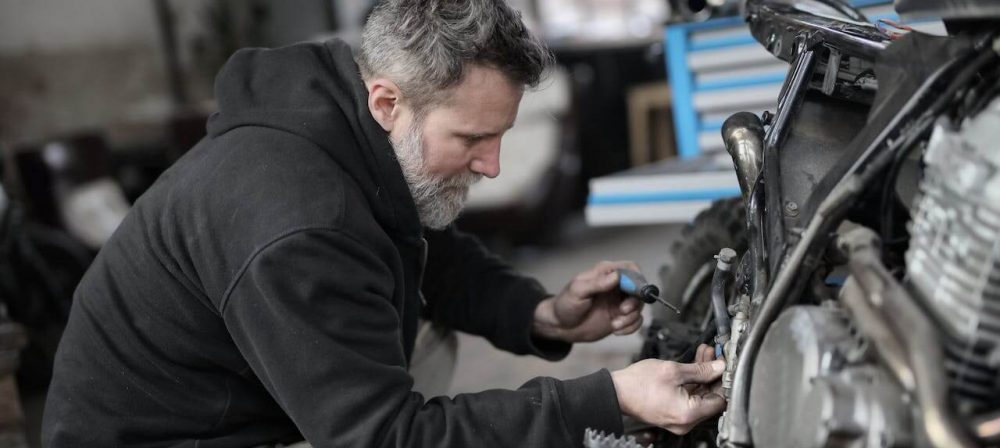






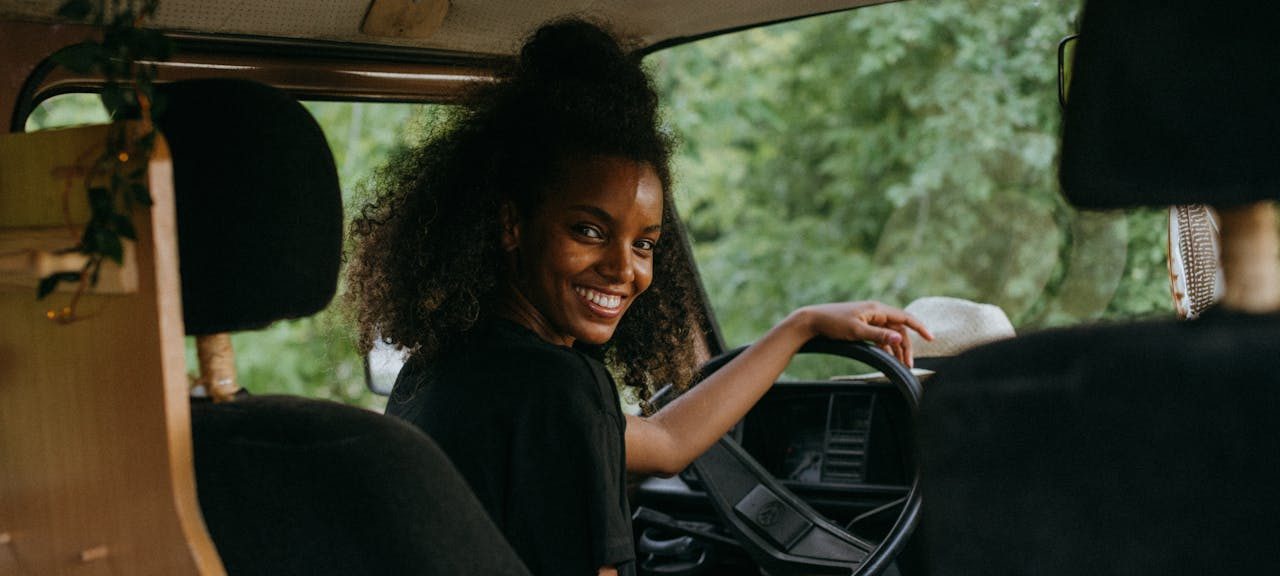
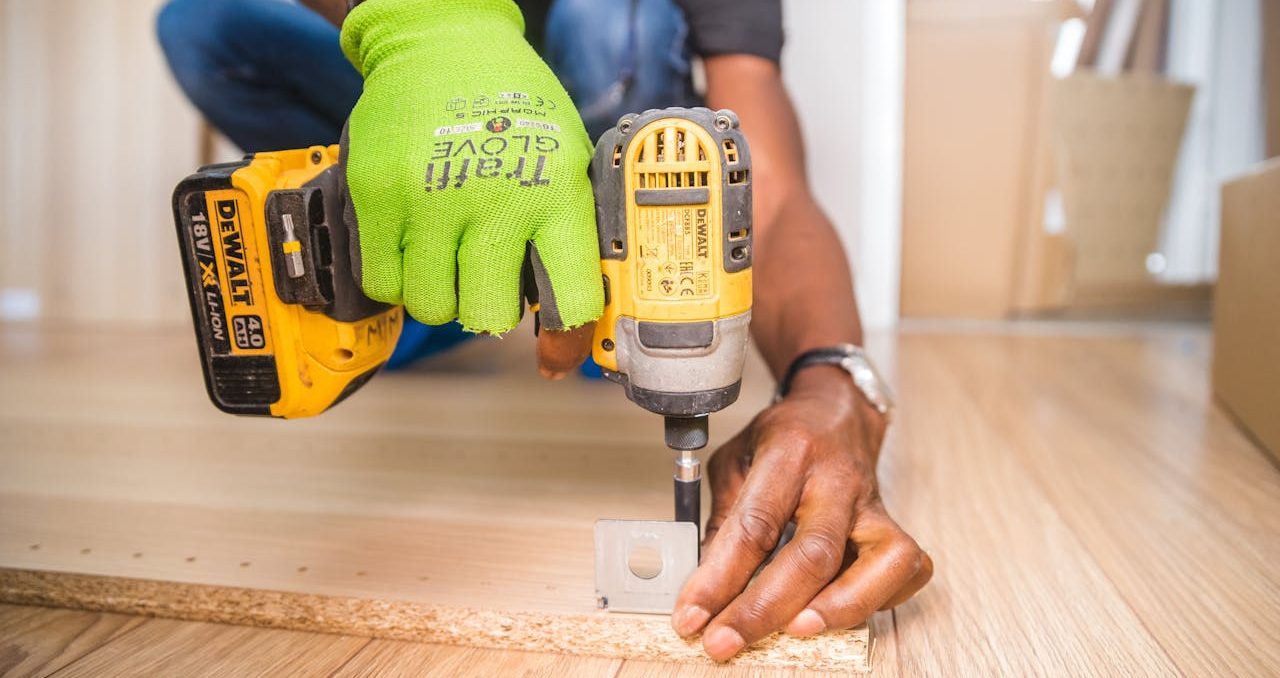

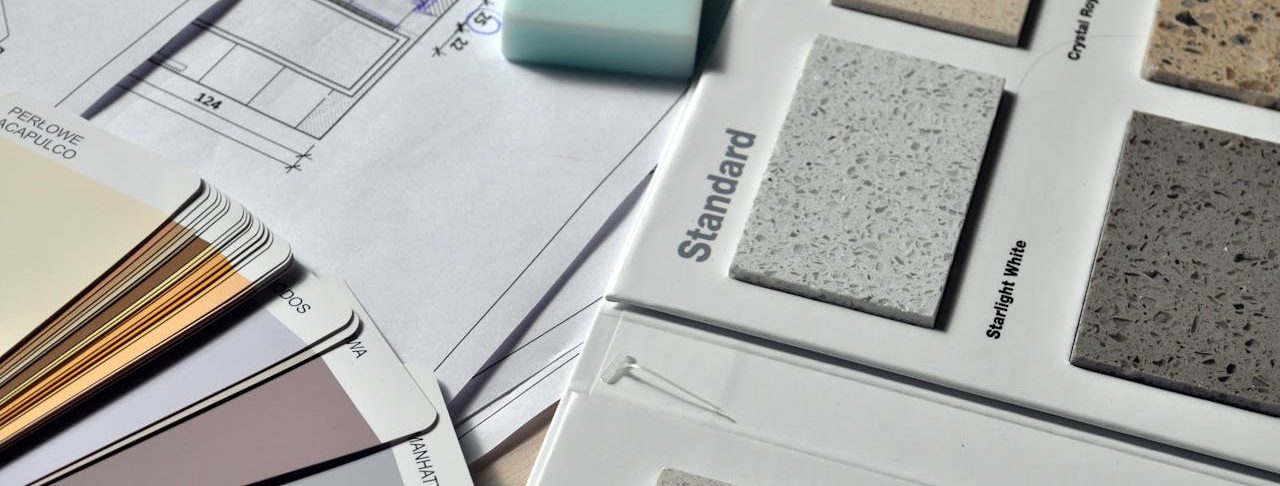
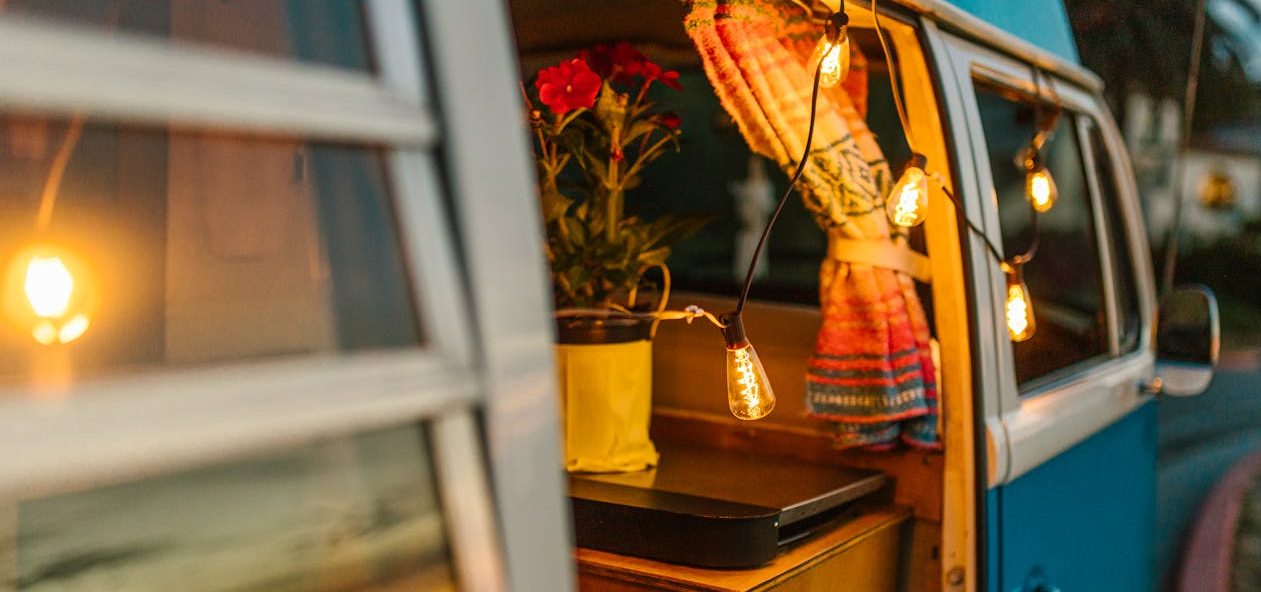
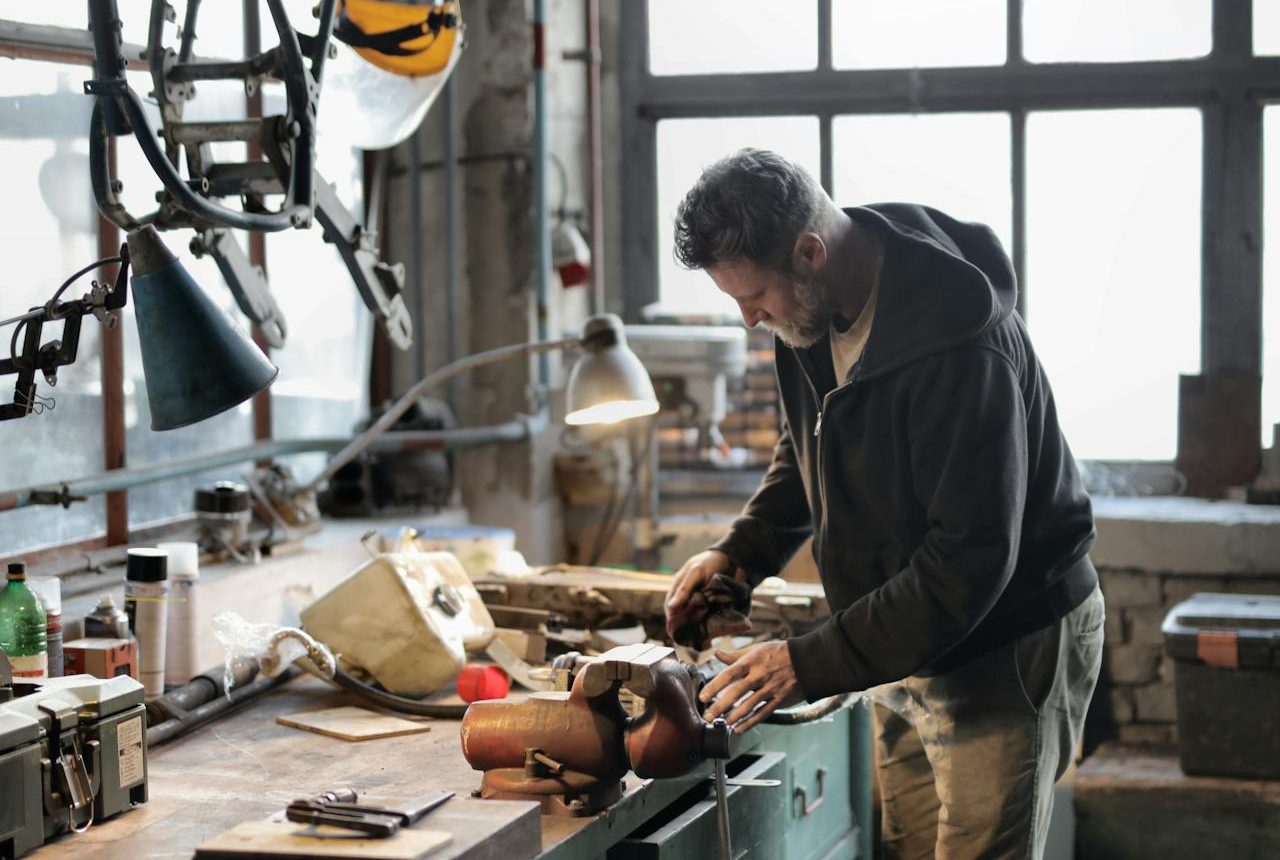

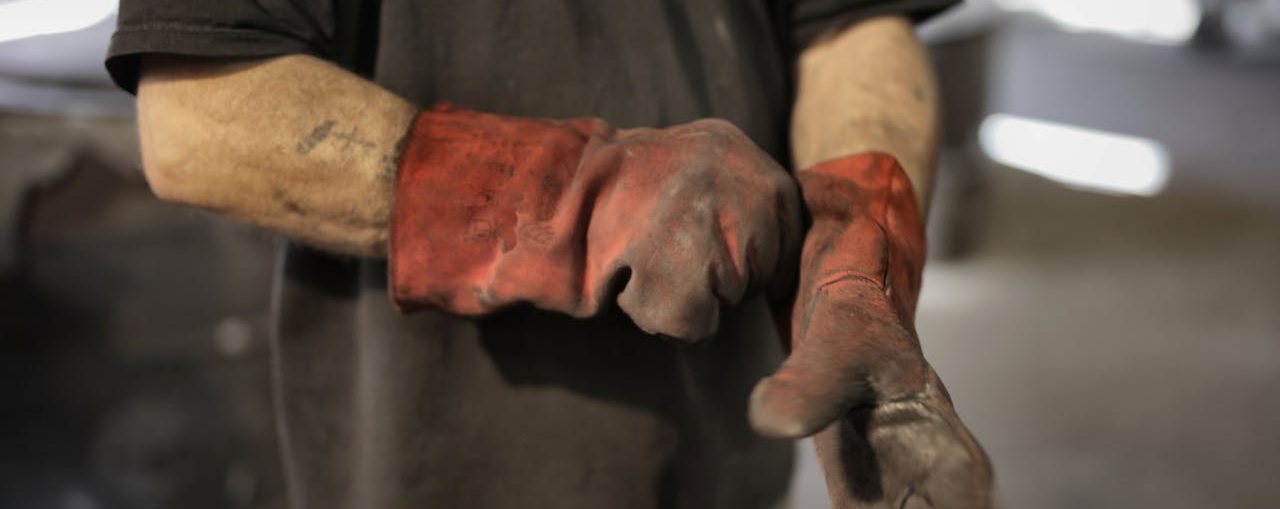

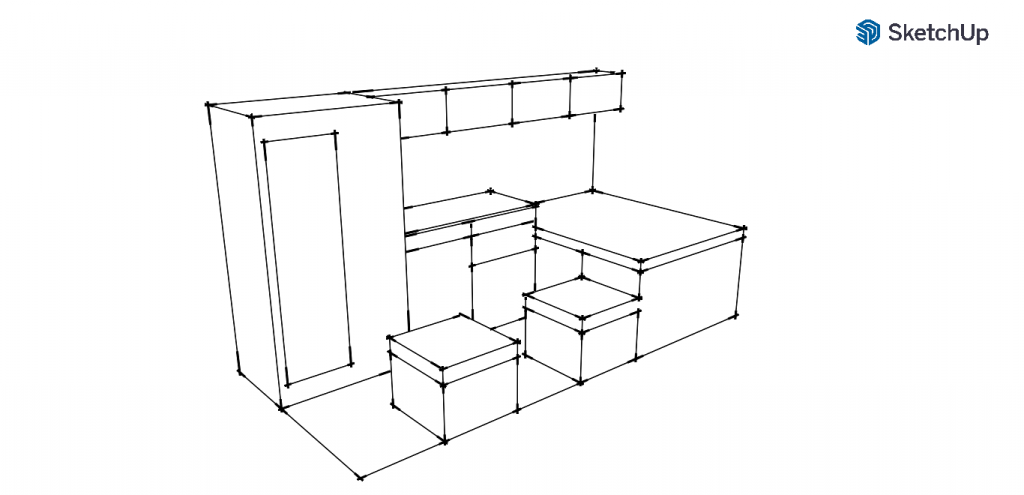
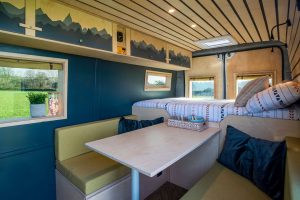

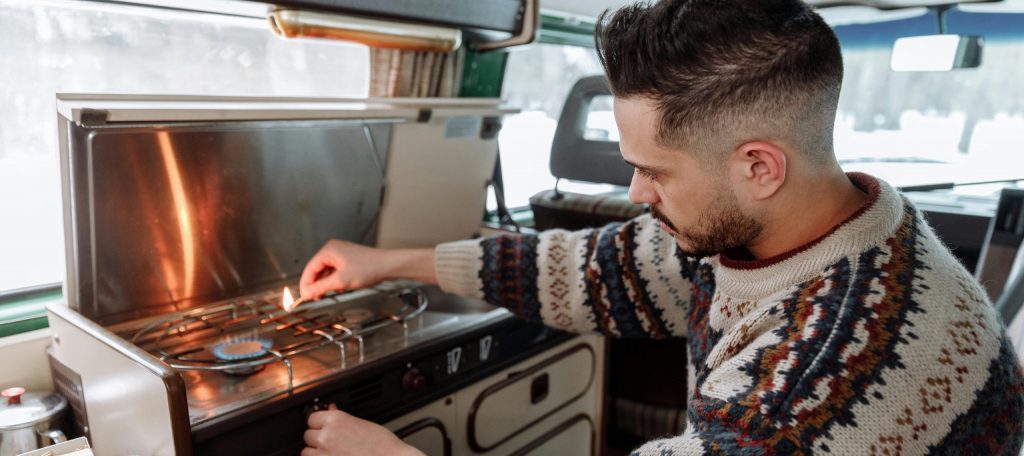
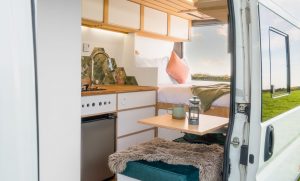
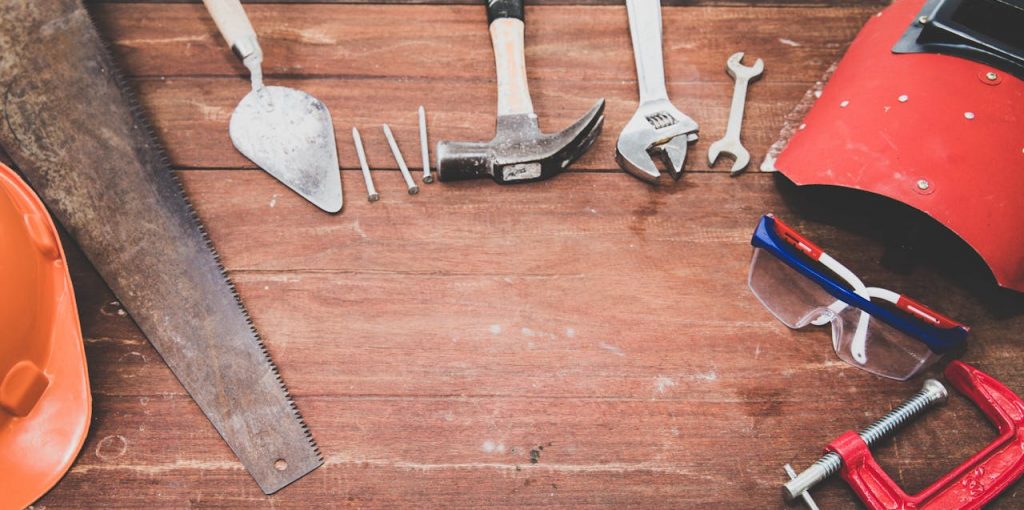


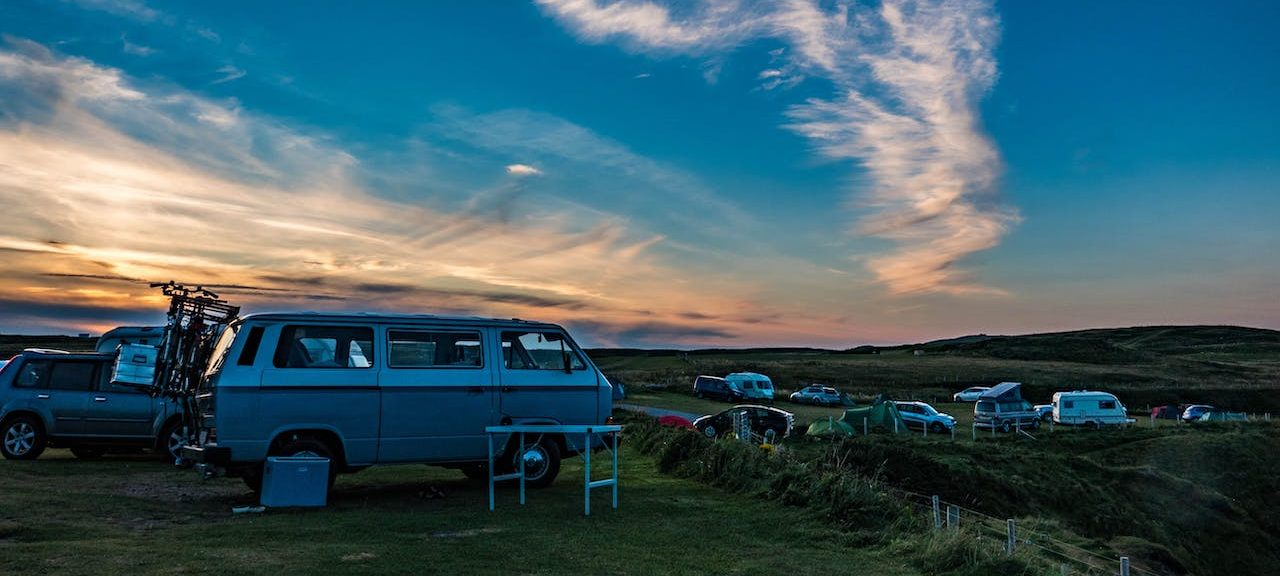


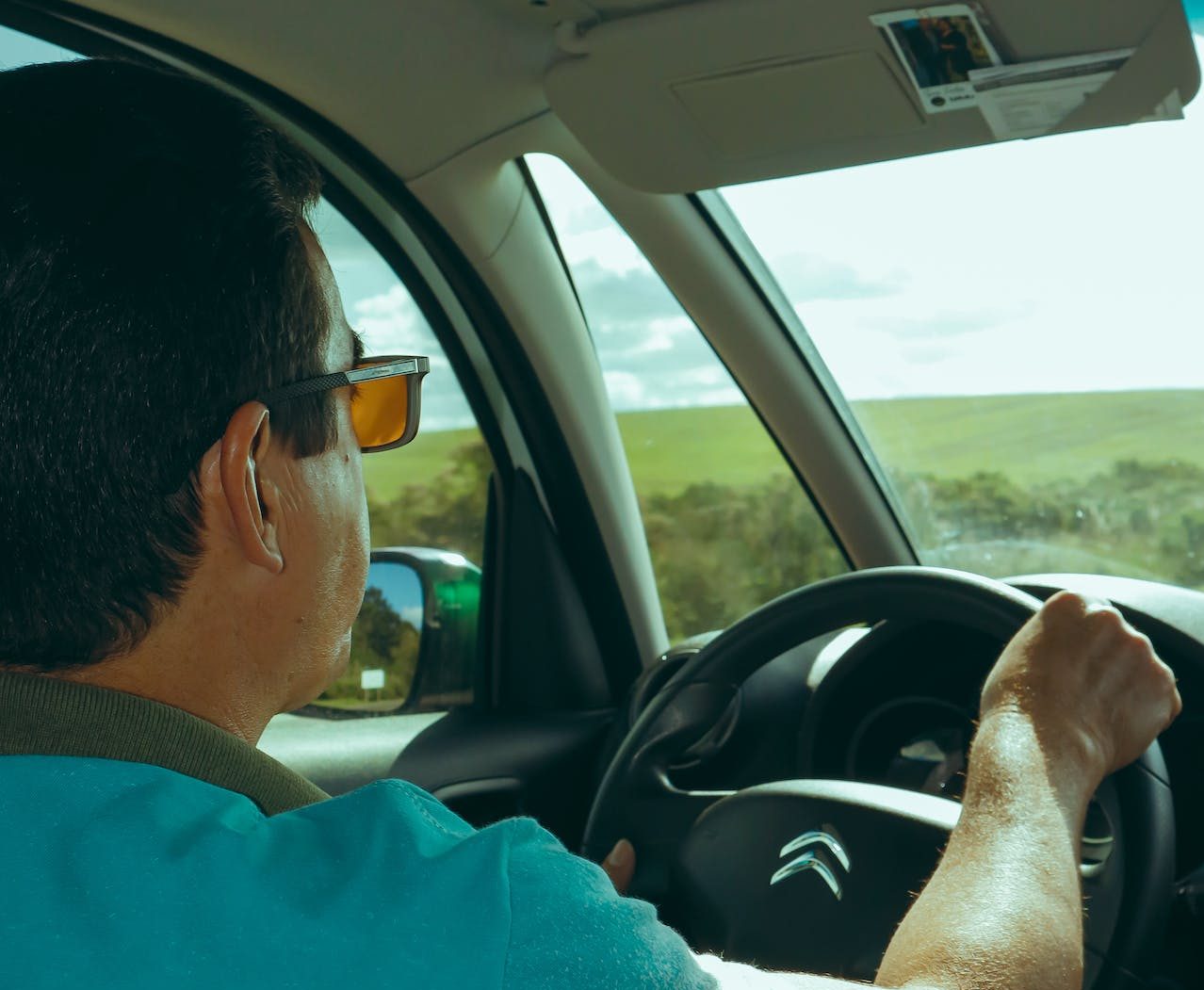
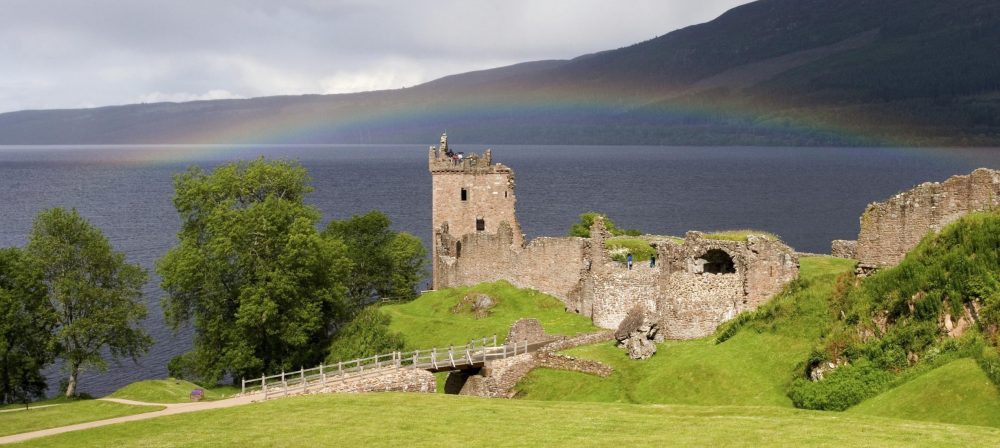
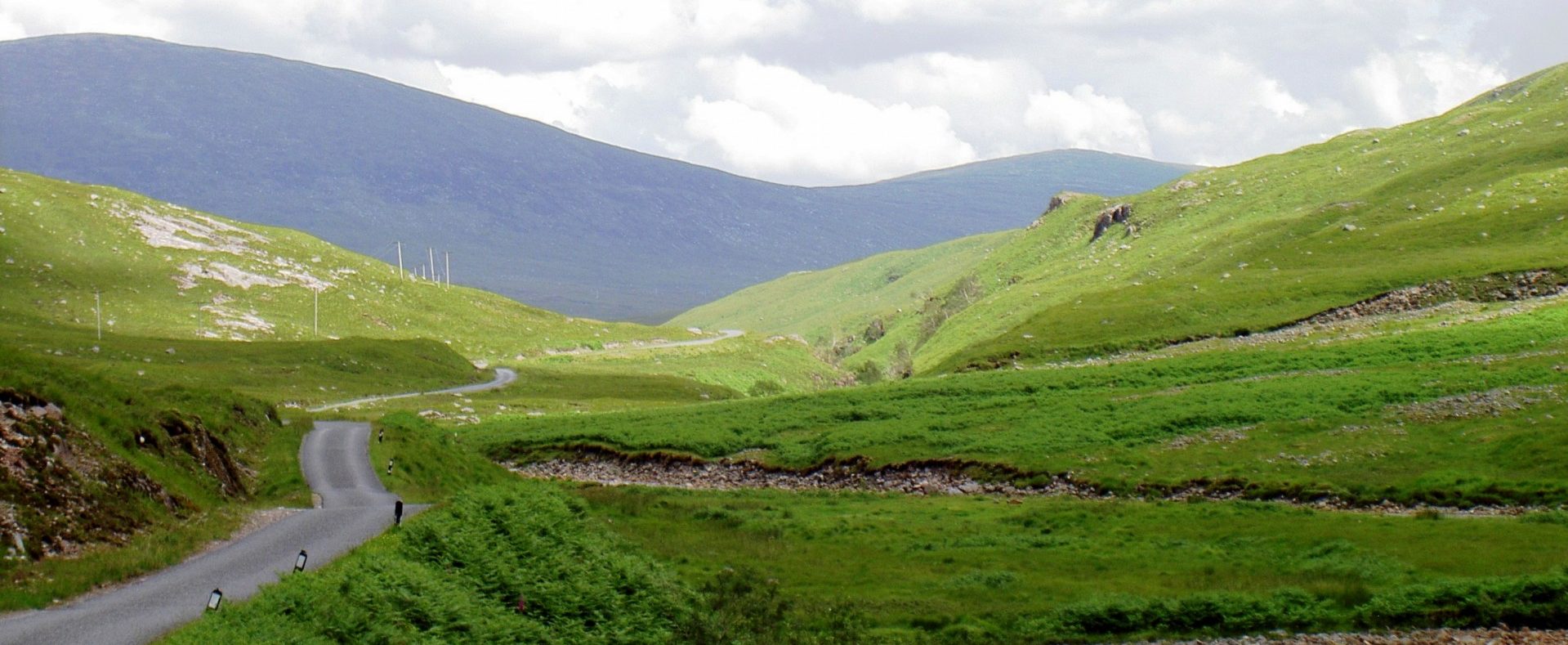
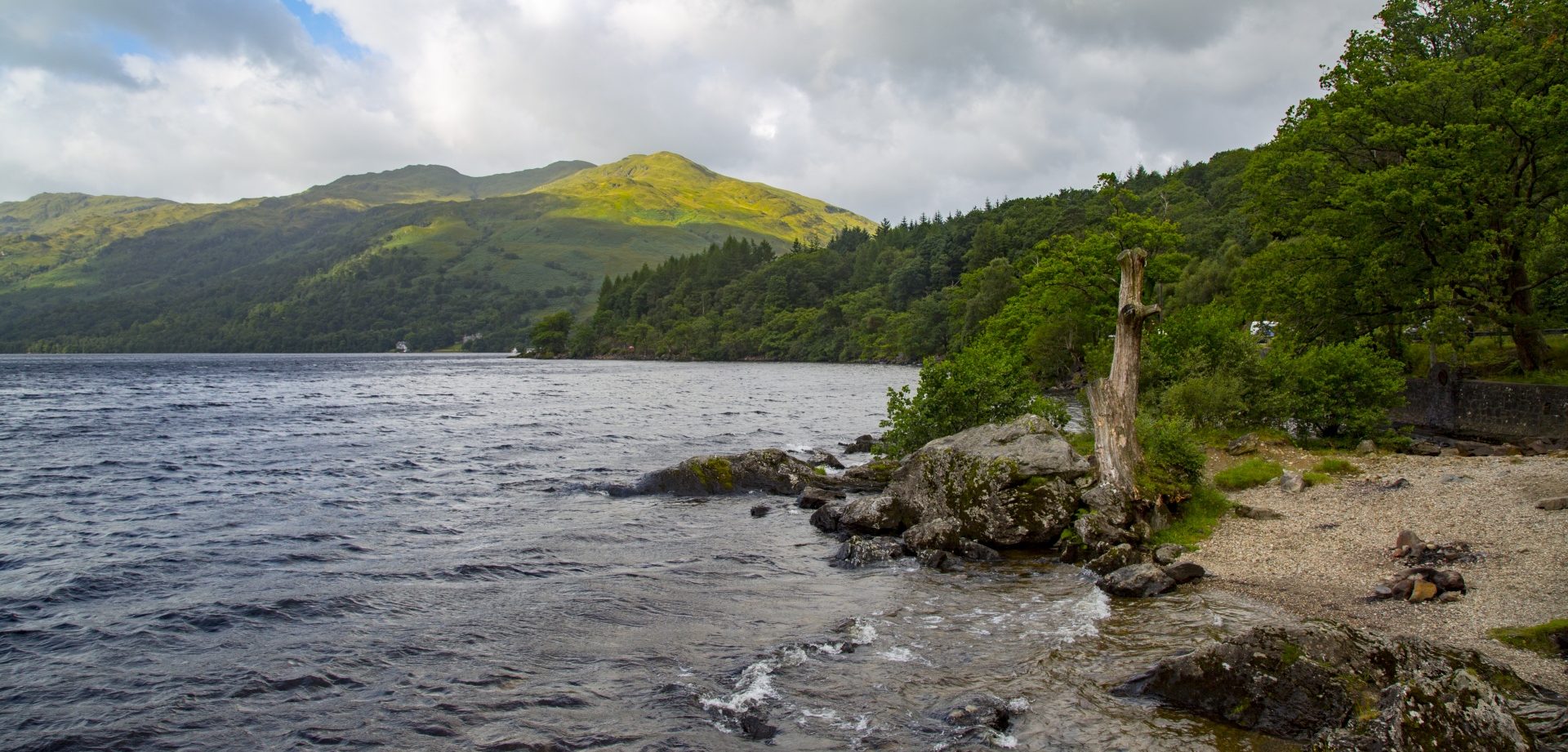 Loch Lomond and its surrounding Trossachs National Park are a paradise for nature lovers. The eastern shore of Loch Lomond offers several wild camping spots, such as Sallochy Bay and Cashel Campsite.
Loch Lomond and its surrounding Trossachs National Park are a paradise for nature lovers. The eastern shore of Loch Lomond offers several wild camping spots, such as Sallochy Bay and Cashel Campsite.